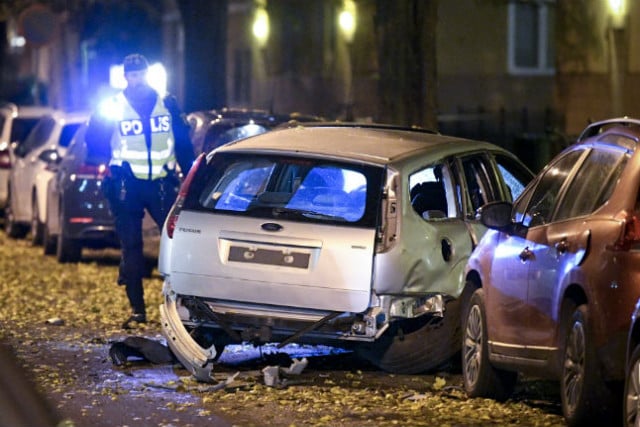
SHOOTING
15-year-old fatally shot near busy Malmö square
A 15-year-old boy was fatally shot in Malmö's Möllevångtorget square at 9pm on Saturday night -- one of the busiest times of the week for the area's many bars and restaurants.
Published: 10 November 2019 09:51 CET

The attackers fired shots through the windows of a pizza restaurant on Ystadsgatan. Photo: Johan Nilsson/TT
The 15-year-old was one of two teenagers hit when attackers opened fire on a pizzeria on Ystadsgatan before fleeing the scene on bicycles.
“The shooting happened in an extremely public place, so we are out there collecting witness information and talking to those who have made some observations,” Katarina Rusin, a press spokesperson at the police's operations centre, told the Sydsvenskan newspaper on Saturday night.
The wounded 15-year-old was still alive when police arrived and was rushed to hospital in an ambulance, but died during the night. The second teenager was taken to hospital in a private car.
At midnight, police found an abandoned bicycle on Klaragatan, but Rusin told Sydsvenskan it was still too early to know for certain if it was one of those used by the attackers. Patrick Fors, another police press spokesperson, told Sydsvenskan that the police hoped to identify the attackers using CCTV footage, as the area is heavily covered by security cameras.
Jacob Björkander, who lives in the neighbourhood, told Sydsvenskan that he had been cycling past the spot where the attack took place with his two young children on Saturday evening.
“It's regrettable, absolutely awful, and lacking in any respect,” he said. “This should be the end of it. It's gone too far. People should be out on the streets showing what they think, that we don't want this in our town.”
Sydsvenskan interviewed two teenage girls standing outside the restaurant who said that they knew the victim. “We just couldn't bear to sit at home, so we came out here,” they said.
The shooting came immediately after a bomb exploded under a car near the Kronprinsen (Crown Prince) tower block near the city centre. Police said they had yet to find evidence that the two events were linked or coordinated.

Photo: Johan Nilsson/TT
The explosion was powerful enough to shift the car several metres as well as damaging another car parked nearby.
The twin attacks, coming just a week after the city saw three explosions in the space of 24 hours, reaffirmed the return of the wave of gang-linked shootings and explosions to the city.
After a spate of shootings in 2018, the number dropped radically in the first half of the year, something some attributed to the police's Sluta Skjut program, which builds on the Group Violence Intervention strategies pioneered by US cities.
There have now been five fatal shootings in 2019, compared to 13 in 2018 and six in 2017 (see map below for details).
Here's a map of the 29 explosions to have taken place in Malmö this year.
Url copied to clipboard!

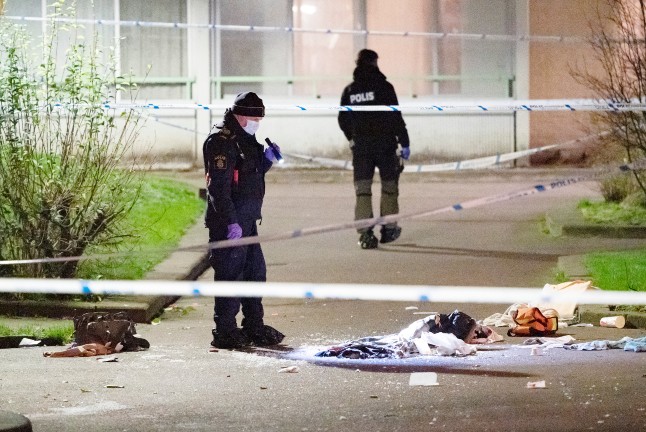
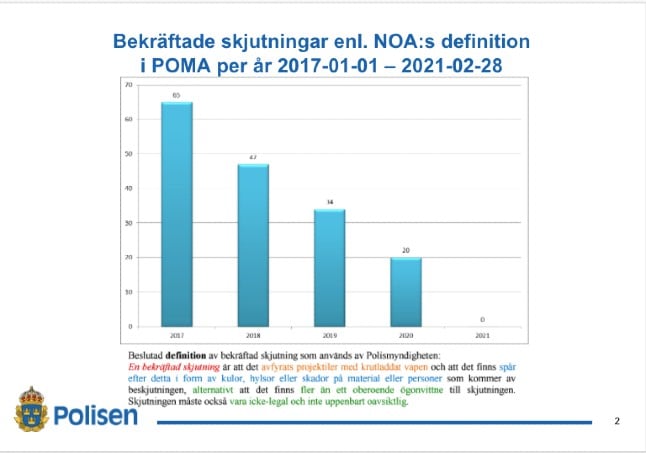
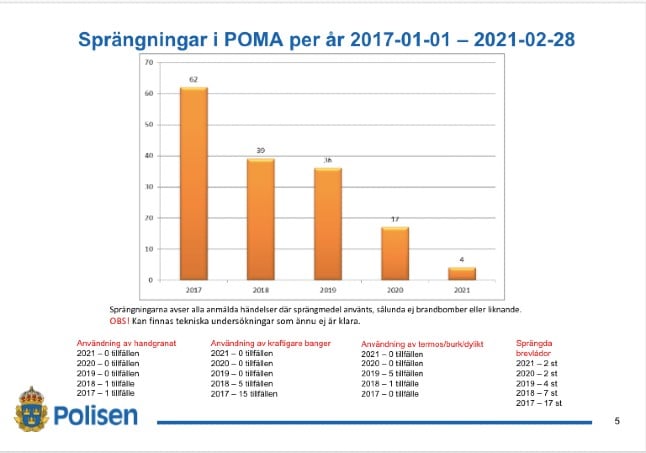
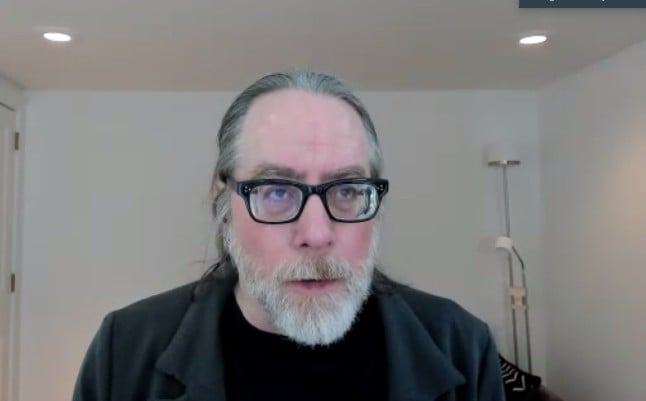
 Please whitelist us to continue reading.
Please whitelist us to continue reading.
its time Sweden Police shows some spine,